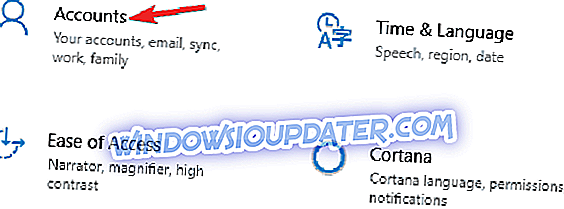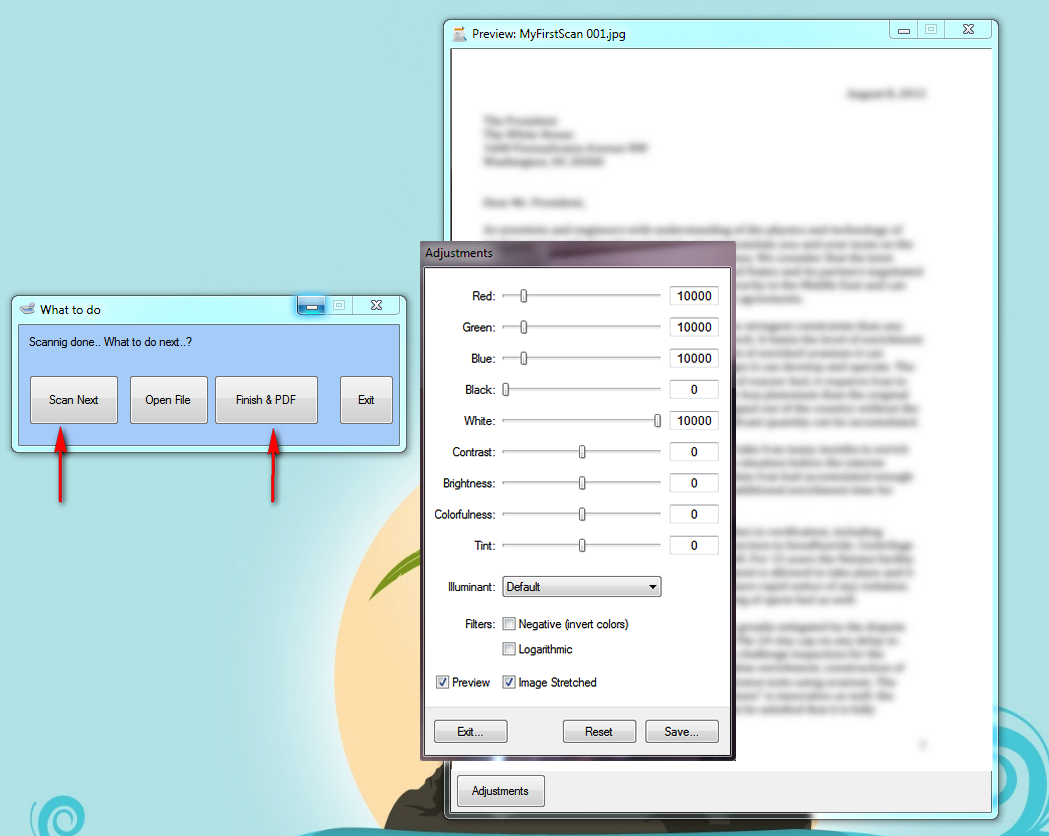
You want to make sure a portable device, such as a USB drive, doesn't contain malwareĪ custom scan enables you to select specific locations, folders, or files, and runs a quick scan. In most cases, a quick scan will catch and clean up detected malware. Threats, such as malware, are detected on an individual device Real-time protection reviews files when they're opened and closed, and whenever a user navigates to a folder.

Together with always-on real-time protection, a quick scan helps provide strong coverage both for malware that starts with the system and kernel-level malware.

You want to set up regular, scheduled scansĪ quick scan checks the processes, memory, profiles, and certain locations on the device. Use the following table to choose a scan type. For example, you can choose to scan a USB drive or a specific folder on your device's local drive.īy default, quick scans run on mounted removable devices, such as USB drives. If new security intelligence updates are made available during the full scan, another full scan is required in order to scan for new threat detections contained in the latest update.īecause of the time and resources involved in a full scan, in general, we don't recommend scheduling full scans.Ī custom scan runs on files and folders that you specify. When a full scan begins, it uses the security intelligence definitions installed at the time the scan starts. In most cases, a quick scan is sufficient and is the recommended option for scheduled scans.Ī full scan starts by running a quick scan and then continues with a sequential file scan of all mounted fixed disks and removable/network drives (if the full scan is configured to do so).Ī full scan can take a few hours or days to complete, depending on the amount and type of data that needs to be scanned. Scan typeĪ quick scan looks at all the locations where there could be malware registered to start with the system, such as registry keys and known Windows startup folders.Ī quick scan helps provide strong protection against malware that starts with the system and kernel-level malware, together with always-on real-time protection, which reviews files when they're opened and closed, and whenever a user navigates to a folder. The following table describes the different types of scans you can configure. Try the scheduled quick scan performance optimizationĬomparing the quick scan, full scan, and custom scan.Compare the quick scan, full scan, and custom scan.

You can also set up special scans to complete remediation actions if needed. When you schedule a scan, you can specify the type of scan, when the scan should occur, and if the scan should occur after a protection update or when a device isn't being used. These scheduled scans are in addition to always-on, real-time protection and on-demand antivirus scans. You can set up regular, scheduled antivirus scans on devices.


 0 kommentar(er)
0 kommentar(er)
